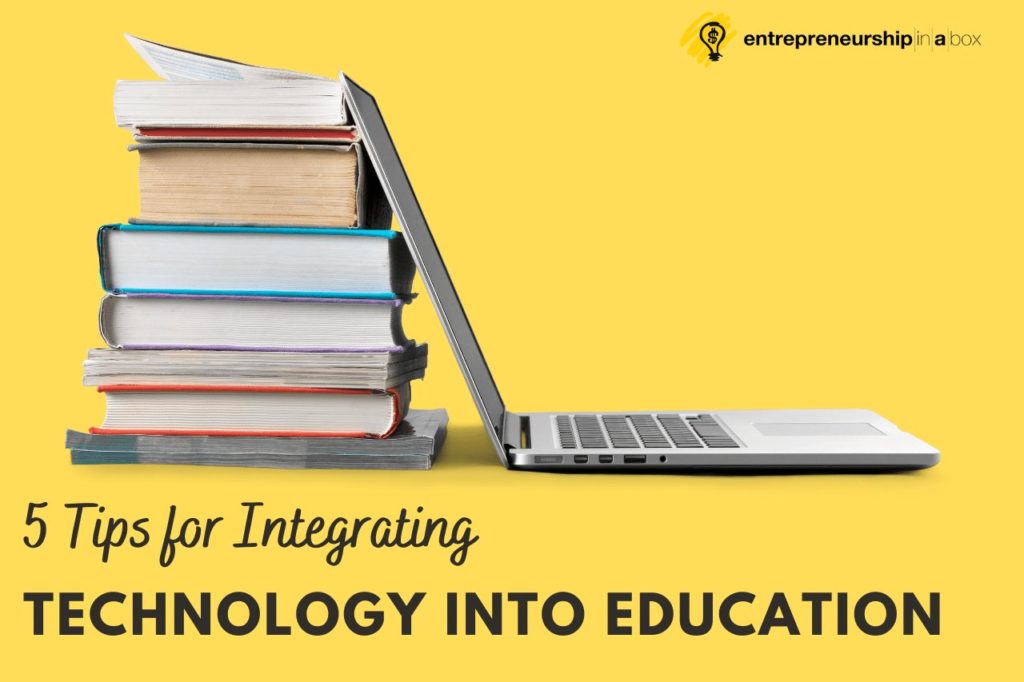The education sector doesn’t stand still. The invention of technologies has opened up new opportunities for every single area of our lives. Since the education system has to match today’s fast-paced world, it leverages the full potential of technologies too. Educational institutions are constantly refining the approach to education by implementing new methods and techniques.
The integration of technology into the classroom contributes to the engagement of students in the learning process. It streamlines and variegates ways of learning. And it also helps build up communication between teachers and students. But sometimes, it becomes a challenge for some teachers and professors since successful technology integration requires more than just getting the tools into the classroom. The question is, how can we integrate technologies into education?
Listen to the Students
Modern education has to satisfy the changing needs and requirements of students. Educational institutions are raising new generations, which will define the future. Students can tell what exactly is missing, what they’d like to use during classes, and other important things. That’s why it’s worth listening to them.
It’s essential to prevent such situations where students don’t understand why they’re doing one or the other task. No one wants to write long lecture notes by hand anymore, and if before it was pretty much the only way to get the material, it is not true anymore.
The integration of technology enhances motivation and improves the quality of education. One of its main tasks is to replace obsolete teaching techniques with innovative methods. Asking students what they’d like to implement is the same as asking a consumer. It should be done both as part of major studies and locally in your school or university.
Enliven Monotonous Tasks
During the study, students have to write a multitude of essays and papers. Some of the students are not that good with writing, so they end up ordering essays on special platforms, like essayservice.com. But it doesn’t mean they don’t want to study. It only means that learning about a particular topic through writing doesn’t’ work for them. So such tasks can be enlivened.
Technologies provide new methods of academic performance monitoring. Implement these alternative ways to check students’ knowledge. It doesn’t mean getting rid of essays and research papers at all. It’ll be enough to carry out creative projects from time to time. The task could be to create a slideshow, podcast, or video on a required topic. Give students the freedom to express their thoughts in some other way rather than only writing.
Related: The Impact of Classroom Furniture on Student Engagement and Academic Performance
By enlivening unexciting and tiresome assignments, teachers and professors can stimulate interest in their subjects. Thanks to that, students are more involved in the process when doing something new and different.
Rely on the Available Technologies
Evaluate what kinds of technology are available in your institution, and how much access one has to it. If there’s only an interactive whiteboard in the classroom, it will be hard to change the way of teaching entirely. So don’t rely on technologies only, use your abilities and creative thinking as well.
When introducing new technology into the classroom, think about the skills your students already have. Ask yourself the following questions:
- Do your students have the needed tech skills?
- What programs are they familiar with?
- Is there any interest in the integration of technology in their class?
- What technologies will streamline the study of the curriculum?
- What steps need to be taken to achieve the desired level of integration?
The main target here is to evaluate your facilities and student’s potential realistically.
Start with Yourself
Tech integration requires a certain level of technical skills from teachers and professors.
Computers, interactive boards, and other technical devices seem elementary and easy-to-use. But some programs can be tricky.
For instance, before implementing any program, explore it thoroughly, make sure it works appropriately, and students have access only to what you want them to see. And they can’t, for example, use the program to cheat. Students can notice something that you didn’t easily, and not to get into an awkward situation like this, think through all the aspects beforehand.
Taking some quick and simple online courses can be of great use if doubting one’s skills. There is also a great number of free courses on the Internet.
Use a School Management System
A school management system helps to streamline the administrative tasks and manage the day to day activities digitally as well as simplify the interaction between the teaching staff, students, and parents.
The system’s goal is to improve school efficiency and help the staff focus on other things than processes.
Such a system allows keeping and reviewing attendance records online where parents and students can also access them. It lets the students download, complete, and upload the assignments and projects as well as for the teachers to review and manage it all in one place. It also helps to connect parents, students, teachers, and school admins and send various notifications effortlessly.
So if your school isn’t using one yet, pitch it to the administration. It will take some time adjusting to using a system like this, but it is definitely worth it.





